Content
View weight loss medications
Wild-Caught vs. Farm-Raised Salmon: Health Benefits, Pros, and Cons

Reviewed by Craig Primack, MD, FACP, FAAP, FOMA
Written by Hadley Mendelsohn
Published 04/04/2025
Updated 04/08/2025
Salmon is a staple in many diets, particularly those focused on weight loss and overall health. It’s packed with lean protein, omega-3 fatty acids, and essential vitamins and minerals that support everything from brain function to heart health and weight management. Plus, it has a deliciously rich, slightly sweet flavor and a buttery melt-in-your-mouth consistency.
But not all salmon is the same. One of the biggest distinctions? Wild-caught versus farm-raised salmon.
If you’re trying to eat healthier or lose weight, you might be wondering, Does one have more nutrients? More calories? More healthy fats? Is farm-raised salmon healthy? Which one is truly the better option?
You’re not alone in asking these questions — it can be confusing! So, we’re breaking it all down to help you make the best choice based on your budget, health goals, and sustainability concerns.
Content
What Is Wild-Caught Salmon?
Wild salmon is exactly what it sounds like — fish that grew up in nature, without human intervention. They live in rivers and streams branching off the North Atlantic and North Pacific oceans, swimming freely, foraging for food, and dodging predators like bears and bigger fish.
There are several species of salmon in both the Atlantic and Pacific, but no matter the type, their life follows a pretty epic journey called a salmon run. Here are the main life phases of salmon:
Hatch. Baby salmon (called fry) are born in freshwater rivers and streams, where they spend their early life.
Migrate. As they grow, they head to sea, where there’s more food and space to mature. This is where they reach adulthood and prepare for the next stage.
Spawn. Once they’re ready to reproduce, they swim back to their freshwater birthplace, lay their eggs, and — depending on the species — either die or repeat the cycle.
Responsible fisheries that source wild-caught salmon follow rules like:
Catching only as much as can naturally be replenished
Using selective fishing methods to avoid harming other marine life
Monitoring salmon runs to track population health and avoid overfishing
Because wild salmon populations aren’t unlimited, sustainable fishing regulations help protect them.
What Is Farm-Raised Salmon?
Instead of naturally reproducing and roaming free in rivers or the ocean like wild-caught fish, farm-raised fish are bred and raised in controlled environments to be harvested. Unlike wild salmon, which have to fend for themselves, farmed salmon are raised with a steady diet and predictable conditions.
These controlled environments are also called “aquatic facilities.” It sounds fancy but usually refers to large underwater net pens floating in either freshwater or the ocean. So, imagine a giant fish tank without the glass.
The biggest producers of farmed salmon are Norway, Chile, Scotland, and Canada. So, if you’re eating farmed salmon in the U.S., chances are, it came from one of these places.
About half the salmon produced worldwide comes from fishing farms, according to the Global Salmon Initiative.
It can depend, but wild-caught salmon is usually considered slightly healthier since it’s leaner and higher in vitamins and minerals.
Wild-Caught vs. Farm-Raised Salmon Nutritional Differences
Here’s a breakdown of the nutritional differences between wild-caught and farm-raised salmon, according to the USDA (United States Department of Agriculture).
100 grams wild-caught salmon | 100 grams farm-raised salmon | |
Calories | 136 | 203 |
Carbs | 0 grams | 0 grams |
Protein | 22.3 grams | 20.3 grams |
Total fat | 4.9 grams | 13.1 grams |
Calcium | 15 milligrams | 9 milligrams |
Magnesium | 26.6 milligrams | 25.4 milligrams |
Iron | 0.4 milligrams | 0.3 milligrams |
The most significant nutritional differences between the two are:
Higher fat content in farmed salmon. Farmed salmon is higher in fat (which makes sense — it’s usually fed a controlled, high-fat diet). This can mean more omega-3s but also more omega-6s, which are less beneficial in excess. That said, some research shows that the difference isn’t big enough to make a real impact on health. It’s worth being mindful of portion sizes when working on weight management.
More vitamins and minerals in wild salmon. Wild salmon tends to have slightly more protein and minerals like calcium, magnesium, and iron — likely thanks to its natural diet of zooplankton, shrimp, herring, and krill.
Farmed salmon may contain trace antibiotics, which are sometimes put in the feed to prevent disease and infection from spreading in these denser environments. This can negatively impact both the environment and human health, like messing with gut bacteria.
That said, regulations help keep these levels low, and certain countries, like Norway, use virtually no antibiotics in fish feed.
Some research also shows that farm-raised fish have more contaminants than wild-caught alternatives — but the research is mixed. Another study found that both types of salmon have certain levels of dioxins (an environmental toxin), with mercury levels being higher in wild salmon.
Is Farm-Raised Salmon Bad for You?
Not necessarily. Wild-caught salmon is generally leaner and may have fewer contaminants, plus lower fat content and calorie levels. This might influence which one best fits your dietary goals.
But farm-raised salmon can still be a nutritious choice — especially if it comes from a well-regulated source. If you’re concerned about antibiotics or pollution, check where your fish is sourced.
The Health Benefits of Salmon
No matter where it comes from, salmon is one of the healthiest foods you can eat — so much so that the American Heart Association recommends at least two servings of fatty fish per week to support health and well-being.
Salmon is often considered one of the best proteins for weight loss and overall health since it’s an excellent source of lean protein content and healthy fats while still being relatively low in calories.
Wild-caught and farm-raised salmon health benefits include:
Supporting muscle growth and preventing muscle loss. Salmon’s high protein content helps you feel fuller for longer, reducing the likelihood of overeating or snacking between meals. Protein is also essential for maintaining muscle mass, which helps keep your metabolism steady — particularly important when working on weight loss.
Boosting brain health and cognitive function. The omega-3 fatty acids in salmon are linked to improved memory, focus, and overall brain health.
Reducing inflammation. Omega-3s have anti-inflammatory properties, which can support gut health and may play a role in fat metabolism (how the body breaks down, stores, and burns fat).
Promoting heart health. Omega-3s have also been shown to help lower blood pressure and improve cholesterol levels. The Mediterranean diet — where salmon is a key protein — has been linked to a 23 percent lower risk of premature death in long-term studies.
And, unlike some other fish, salmon is relatively low in mercury and heavy metals. This makes it a safer choice for regular consumption or for young kids and pregnant and breastfeeding women.
Both wild and farmed salmon can be sustainable choices. It all depends on where and how they’re sourced.
Some fishing practices harm the environment, deplete wild populations, and disrupt ecosystems. And overfishing is a major issue — about 33 percent of the world’s fish populations are being caught faster than they can replenish.
That’s why it’s vital to choose responsibly sourced salmon whenever possible.
Wild-Caught Salmon Sustainability
The most sustainable way to catch wild salmon is outside of spawning season, which helps maintain healthy population levels. However, some salmon species are overfished, leading to habitat destruction and declining populations.
Beyond overfishing contributing to shrinking salmon populations, research shows that climate change is impacting the body size of individual salmon — they seem to be getting smaller.
To make a more sustainable choice, look for wild-caught salmon with certifications like the Marine Stewardship Council (MSC) blue fish label, which ensures responsible fishing methods.
Farm-Raised Salmon Sustainability
Since it’s raised in controlled environments, farmed salmon is generally more available and less expensive than wild-caught salmon. That said, some fish farms contribute to pollution, antibiotic overuse, and habitat damage.
Not all fish farms are the same, though. Some follow responsible practices to minimize environmental harm.
Look for certifications like the Aquaculture Stewardship Council (ASC) or Best Aquaculture Practices (BAP) to ensure your salmon comes from a sustainable source.
Both wild-caught and farm-raised salmon have their pros and cons. The best choice depends on your health goals, budget, and sustainability concerns.
Here’s what to keep in mind when deciding between wild-caught versus farm-raised salmon:
Wild-caught salmon is generally lower in fat and calories while being rich in essential nutrients, making it a slightly better option for weight loss. But it tends to be more expensive and might not be the most sustainable choice depending on where you live and source it.
Farm-raised salmon is more affordable and widely available, but it may contain more fat (including omega-6s) and potential contaminants depending on how it was raised.
Both types of salmon provide protein, omega-3s, and key vitamins, making them a great addition to a balanced diet — especially if you’re focused on weight loss and overall health.
The bottom line? If you’re looking for the cleanest, most nutrient-dense option, wild-caught may be the way to go. But farm-raised can still be a nutritious choice — just be mindful of sourcing. No matter what you choose, salmon is a powerhouse food that can support your health, weight loss, and wellness goals.
Ready to enjoy some salmon now? Try our healthy air-fryer salmon bites recipe.
21 Sources
- Ahmad SH, et al. (2024). Mediterranean diet adherence and risk of all-cause mortality in women. https://pubmed.ncbi.nlm.nih.gov/38819819/
- American Heart Association. (2024). Fish and omega-3 fatty acids. https://www.heart.org/en/healthy-living/healthy-eating/eat-smart/fats/fish-and-omega-3-fatty-acids
- Burlingame BA, et al. (2010). Sustainable diets and biodiversity. https://www.fao.org/4/i3004e/i3004e.pdf
- Carbone JO, et al. (2019). Dietary protein and muscle mass: translating science to application and health benefit. https://pmc.ncbi.nlm.nih.gov/articles/PMC6566799/
- Fry JI, et al. (2016). Environmental health impacts of feeding crops to farmed fish. https://www.sciencedirect.com/science/article/pii/S0160412016300587
- Global Salmon Initiative. (n.d.). About salmon farming. https://globalsalmoninitiative.org/en/about-salmon-farming/
- Higuera-Llanten SE, et al. (2018). Extended antibiotic treatment in salmon farms select multiresistant gut bacteria with a high prevalence of antibiotic resistance genes. https://pmc.ncbi.nlm.nih.gov/articles/PMC6133359/
- Jensen ID, et al. (2020). An update on the content of fatty acids, dioxins, PCBs and heavy metals in farmed, escaped and wild Atlantic salmon (Salmo salar L.) in Norway. https://pmc.ncbi.nlm.nih.gov/articles/PMC7766777/
- Lundebye AN, et al. (2017). Lower levels of persistent organic pollutants, metals and the marine omega 3-fatty acid DHA in farmed compared to wild Atlantic salmon (Salmo salar). https://www.sciencedirect.com/science/article/abs/pii/S0013935116311811
- MedlinePlus. (2024). Omega-3 fats - good for your heart. https://medlineplus.gov/ency/patientinstructions/000767.htm
- National Institute of Health: Office of Dietary Supplements. (2024). Omega-3 fatty acids. https://ods.od.nih.gov/factsheets/Omega3FattyAcids-HealthProfessional/
- Norwegian Seafood Council. (2021). The success recipe for eradicating antibiotics in Norwegian salmon farming. https://en.seafood.no/news-and-media/news-archive/the-success-recipe-for-eradicating-antibiotics-in-norwegian-salmon-farming/
- Oke KB, et al. (2020). Recent declines in salmon body size impact ecosystems and fisheries. https://www.nature.com/articles/s41467-020-17726-z
- Okocha RE, et al. (2018). Food safety impacts of antimicrobial use and their residues in aquaculture. https://pubmed.ncbi.nlm.nih.gov/30094087/
- Raatz SU, et al. (2014). Dose-dependent consumption of farmed Atlantic salmon (Salmo salar) increases plasma phospholipid n-3 fatty acids differentially. https://pmc.ncbi.nlm.nih.gov/articles/PMC3572904
- Seafood Watch. (n.d.). Sustainable salmon guide. https://www.seafoodwatch.org/recommendations/download-consumer-guides/sustainable-salmon-guide
- U.S. Food and Drug Administration (FDA). (2024). Advice about eating fish. https://www.fda.gov/food/consumers/advice-about-eating-fish
- U.S. Department of Agriculture, Agricultural Research Service. (n.d.). FoodData Central. https://fdc.nal.usda.gov/food-details/1105314/nutrients
- Veldhorst M, et al. (2008). Protein-induced satiety: effects and mechanisms of different proteins. https://pubmed.ncbi.nlm.nih.gov/18282589/
- Washington State Department of Health. (n.d.). Farmed salmon vs. wild salmon. https://doh.wa.gov/community-and-environment/food/fish/farmed-salmon
- Washington State Recreation and Conservation Office. (n.d.). Salmon and orca recovery. https://rco.wa.gov/salmon-recovery/problem/
Editorial Standards
Hims & Hers has strict sourcing guidelines to ensure our content is accurate and current. We rely on peer-reviewed studies, academic research institutions, and medical associations. We strive to use primary sources and refrain from using tertiary references. See a mistake? Let us know at [email protected]!
This article is for informational purposes only and does not constitute medical advice. The information contained herein is not a substitute for and should never be relied upon for professional medical advice. Always talk to your doctor about the risks and benefits of any treatment. Learn more about our editorial standards here.
Related Articles
Related Conditions
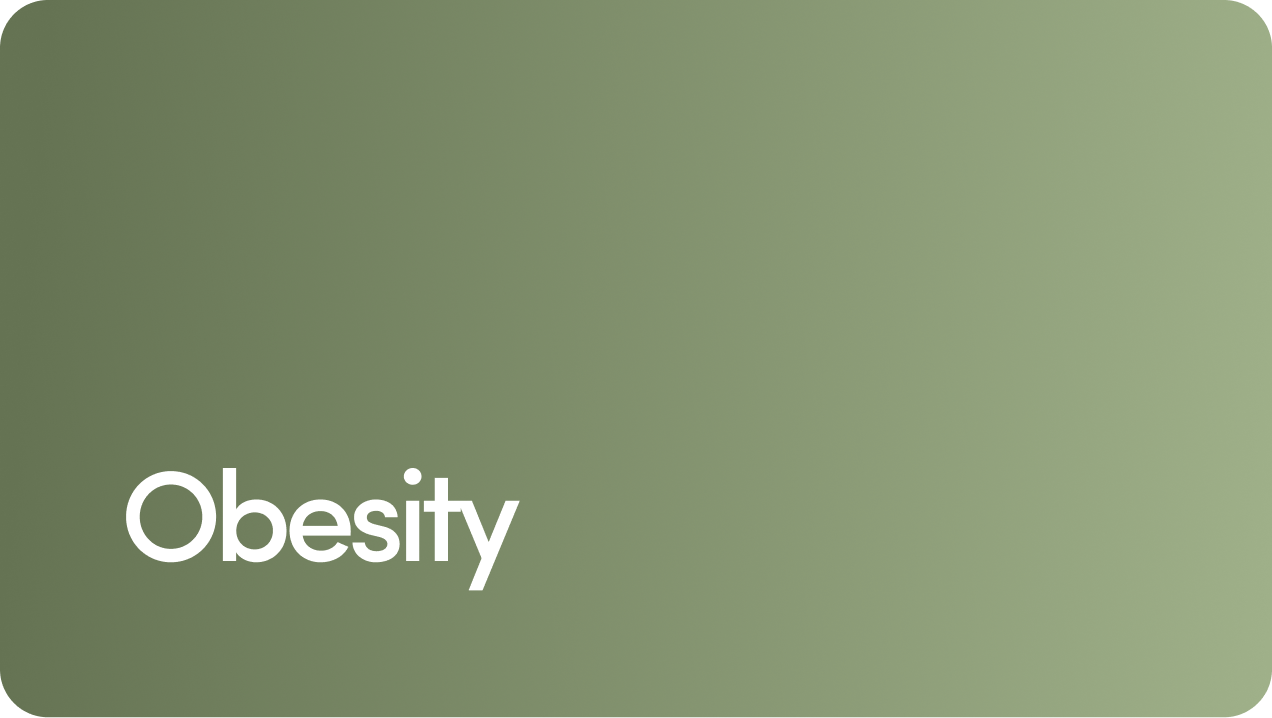 Obesity
Obesity
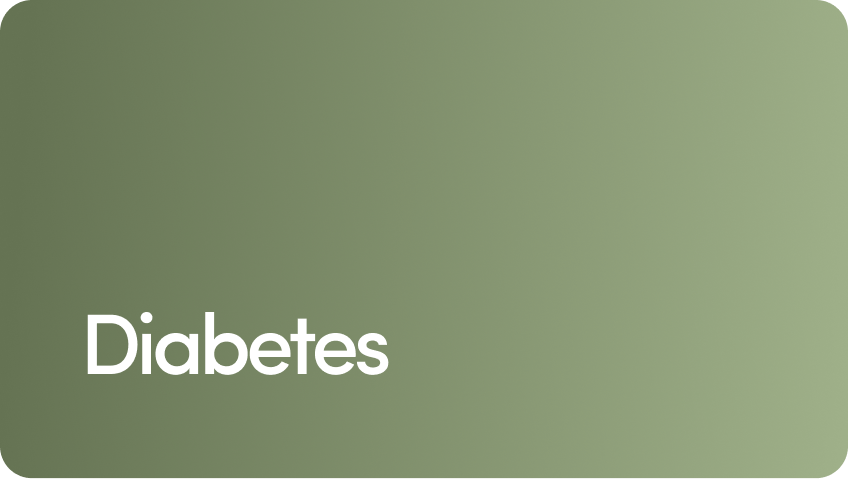 Diabetes
Diabetes
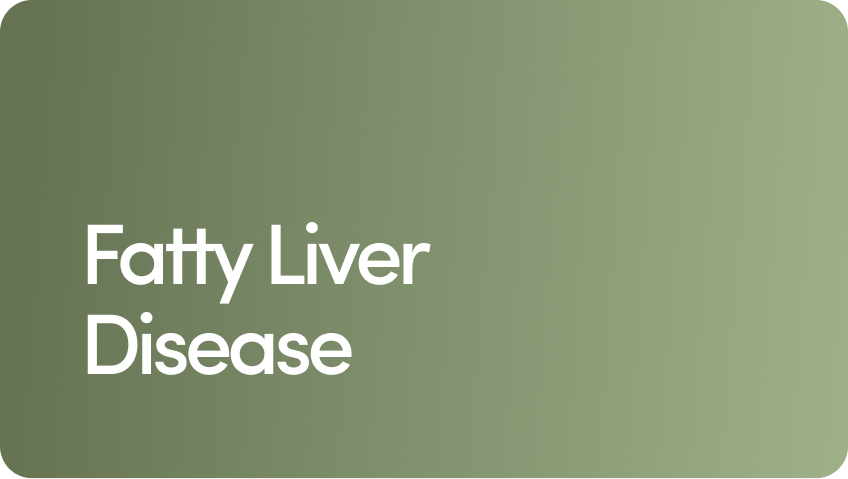 Fatty Liver Disease
Fatty Liver Disease
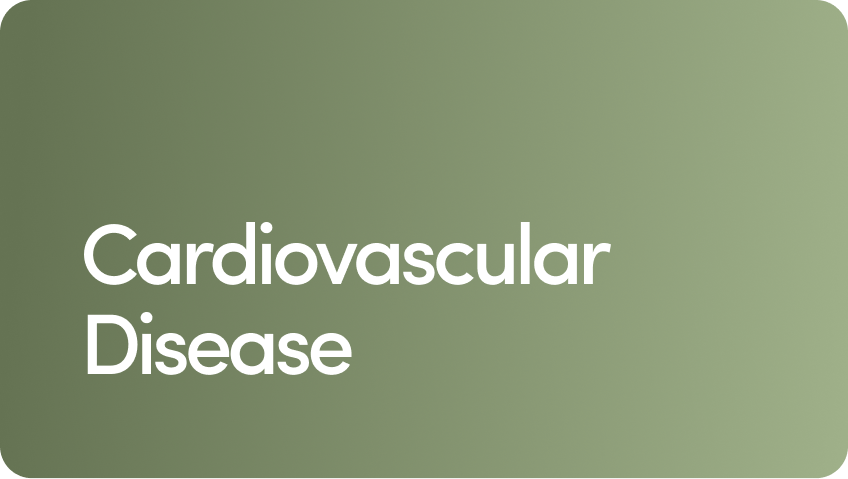 Cardiovascular Disease
Cardiovascular Disease
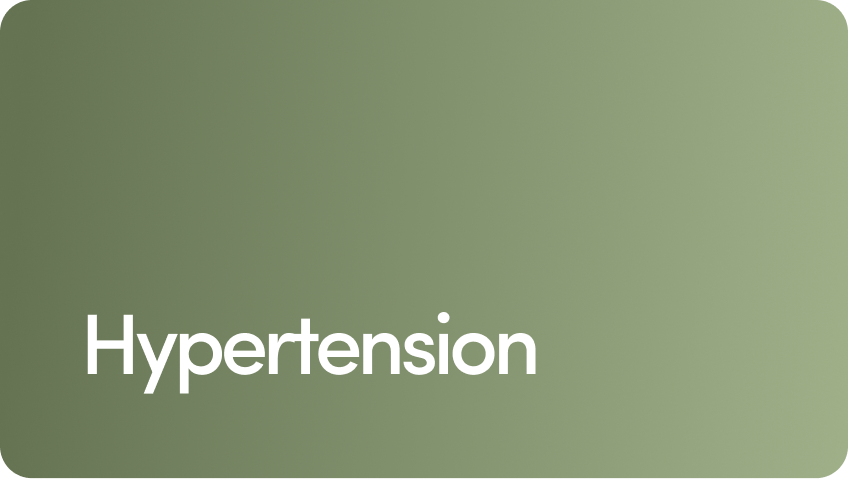 Hypertension
Hypertension
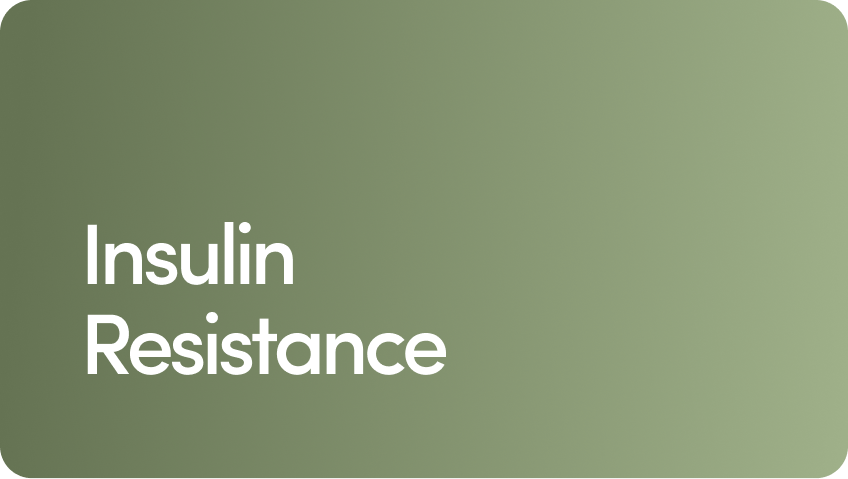 Insulin Resistance
Insulin Resistance